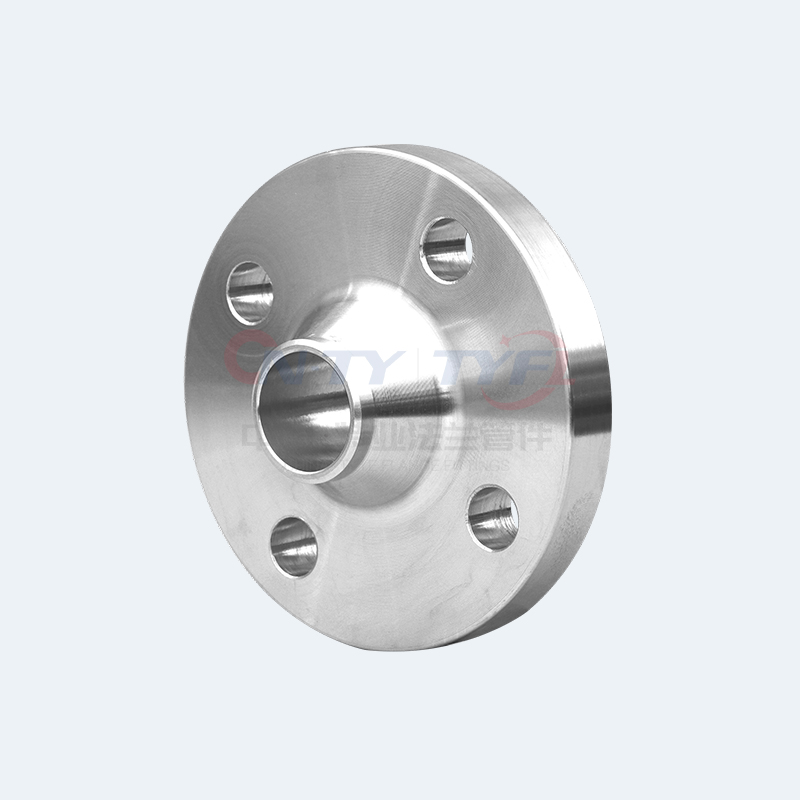The welding neck flange of the flange should not exceed 7 degrees, and the welding flange should be strictly controlled during production and welding processes to ensure that its role and value in production and application are fully utilized.

1. It is allowed to use grade I forgings for carbon steel and austenitic stainless steel forgings with a nominal pressure of PN 0.25MP-1.0MPa.
2. Except as specified below, forgings with a nominal pressure of PN 1.6MPa-6.3MPa shall meet the requirements of Class II or Class II forgings.
3. If one of the following conditions is met, it should meet the requirements of III and forgings: (1) flange forgings with a nominal pressure PN ≥ 10.0MPa; (2) Chromium molybdenum steel forgings with a nominal pressure PN>4.0Mpa; (3) Ferritic steel forgings with a nominal pressure PN>1.6Mpa and a working temperature below -20 ℃.
2. The flange is generally made by forging or forging process. When manufacturing steel or section steel, the following requirements must be met:
01. The butt welding of the ring should be full penetration welding.
02. After butt welding of the ring, it should undergo heat treatment and undergo 100% radiographic or ultrasonic testing. Radiographic examination meets the Class II requirements of JB4730. Ultrasonic inspection meets the I requirements of JB4730.
03. The flange should undergo ultrasonic testing and have no delamination defects.
04. The steel should be cut into strips along the rolling direction, bent to form a ring, and the surface of the steel will form a circular cylinder. Steel plates shall not be directly processed into welding neck flanges.
